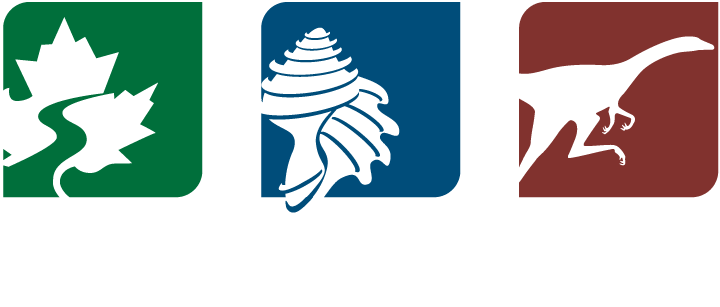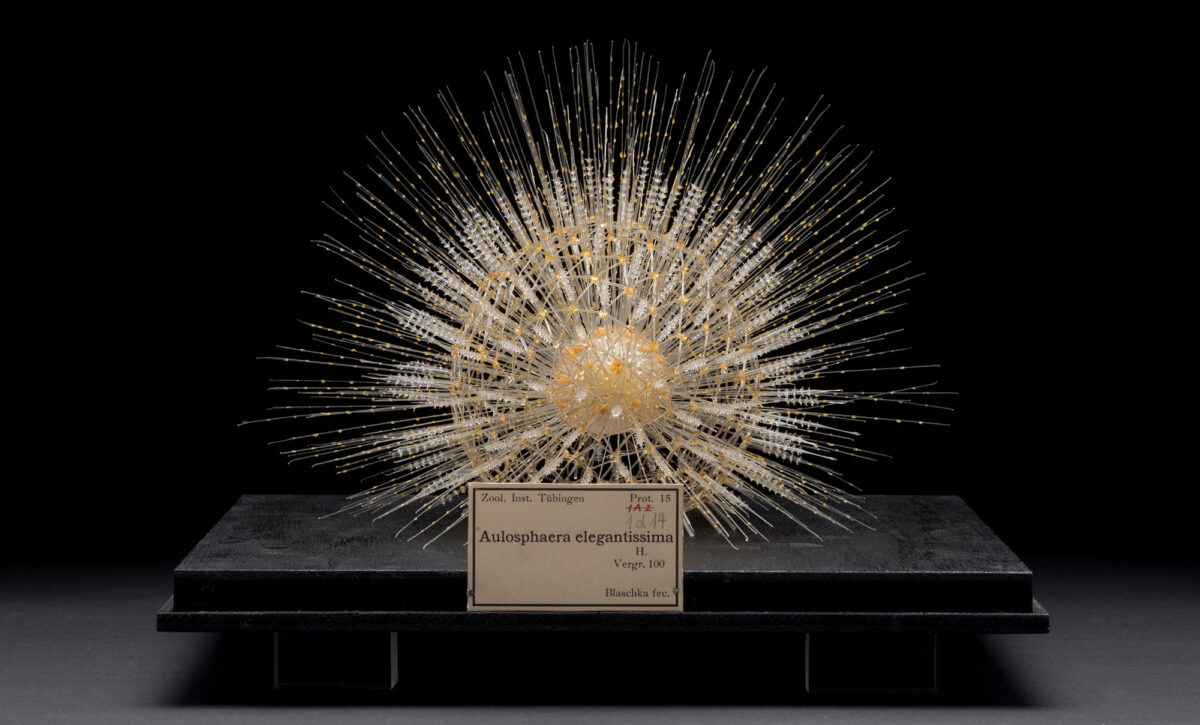Page snapshot: The story of the Blaschkas and their glass models.
Topics covered on this page: Introduction; Glass invertebrates; Glass plants; Resources.
Updates: Page last updated August 9, 2024.
Image above: A glass radiolarian made by the Blaschkas on at the Zoologische Sammlung der Universität, Tübingen, Germany. Photo by Museopedia (Wikimedia Commons, Creative Commons Attribution-ShareAlike 4.0 International license, image cropped and resized).
Introduction
Leopold and Rudolf Blaschka were father-son master glassmakers who were famous for making lifelike models of marine invertebrates and plants out of glass. Leopold was born in Böhmish-Aicha (Czech name Český Dub), Bohemia, a town that is in the modern-day Czech Republic, in 1822. The Blaschka family trade was glassblowing. Leopold also became skilled in lampworking (flameworking), which involves using a flame to shape glass rods or tubes. Leopold originally focused on making jewelry and glass eyes. Leopold's first wife and child tragically died of cholera in 1850. He married his second wife, Caroline Reigel, in 1854, and Rudolf was born in 1857.
Leopold originally worked in Böhmish-Aicha, but relocated to Dresden, Germany, in 1863. He first produced glass plants in the mid-1800s, which helped him build a reputation as a skilled glassworker. He began making marine invertebrates in 1863. Rudolf joined him in this business, which was a commercial success, in the 1870s. The Blaschkas continued making and selling their invertebrate models until they switched to solely making glass plants for Harvard University in 1890. Their final workshop, which they occupied beginning in 1887, was located in Hosterwitz, a town near Dresden.
Leopold Blaschka died in 1895. Rudolf married Frieda Richter in 1911 and continued working on plant models for Harvard until a few years before his death in 1939. Since he had no children and no trainees, the Blaschka natural history model business closed down with his retirement.
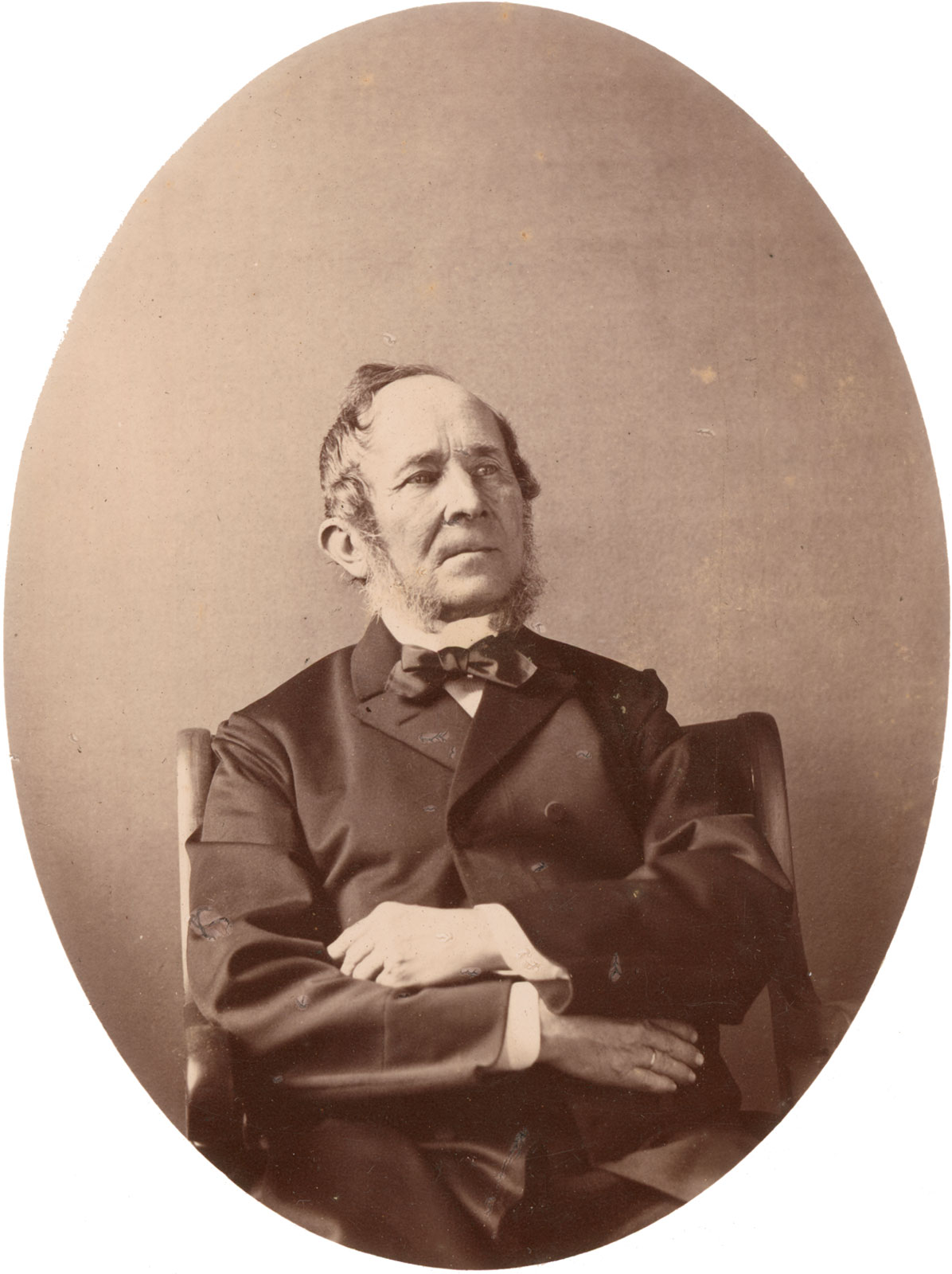
Leopold Blaschka (1822-1895).
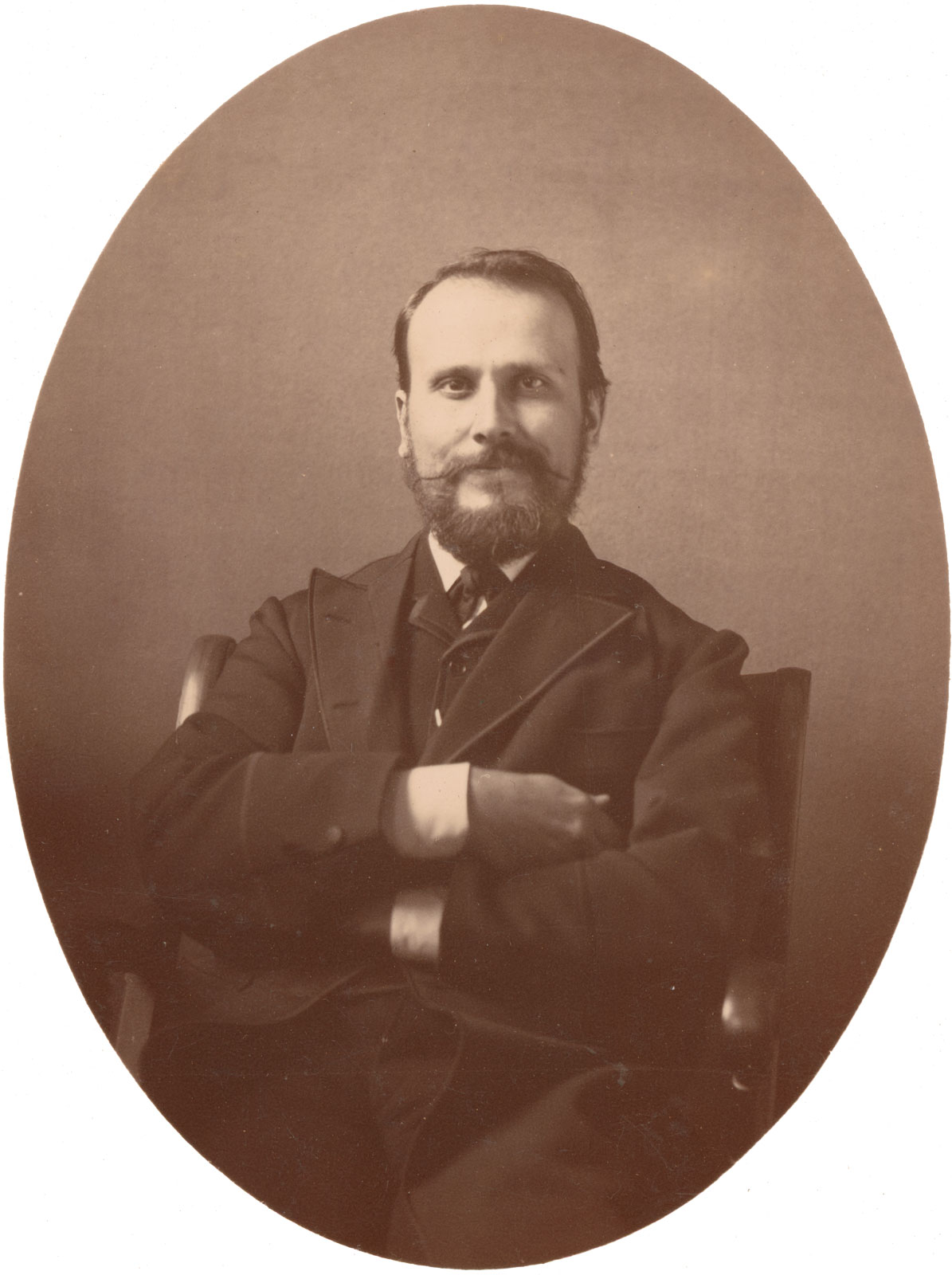
Rudolf Blaschka (1857-1939).
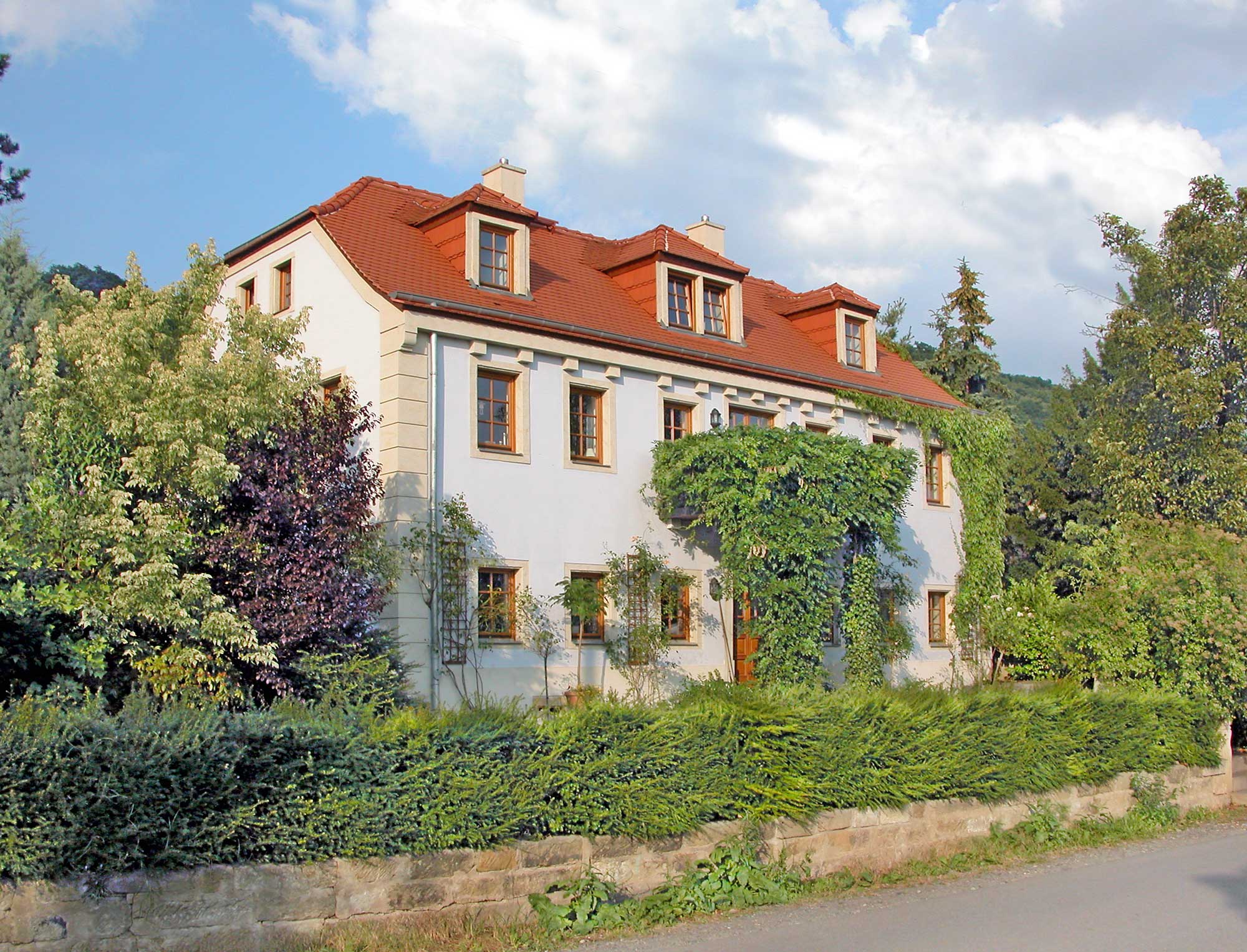
The Blaschka house in Dresden-Hosterwitz, Germany, photographed in 2008. Photo by Jörg Blobelt (Wikimedia Commons, Creative Commons Attribution-ShareAlike 4.0 International license, image resized).
Glass invertebrates
In 1853, Leopold made a sea voyage to the United States. During the trip, he observed and sketched marine invertebrates. Later, he was commissioned to create glass invertebrates by Heinrich Gottlieb Ludwig Reichenbach of the Dresden Natural History Museum in Germany. He produced his first marine invertebrate models in 1863.
Leopold, later joined by Rudolf, began making glass marine invertebrate models as a business. The models were made of clear glass that was painted. The Blaschkas based their models on drawings made by Leopold on his trip, published natural history illustrations, and live animals that the Blaschkas kept and studied. The models went to institutions and collectors in Europe, Asia, and North America. In total, the Blaschkas are thought to have made around 10,000 invertebrate models between 1863 and 1890.
Blaschka sea anemone model (Phymacits pustulata). Model SC-41, Harvard Museum of Comparative Zoology Collection of Blaschka Marine Invertebrates (Sketchfab, Peter Fried).
Blaschka nudibranch model (Flabellina veruccosa). Model B-370, Cornell University Collection of Blaschka Marine Invertebrates (Sketchfab, Peter Fried).
In the United States, the Blaschka models were marketed and sold through a catalogue managed by Ward's Natural Science Establishment, a company founded by Henry Ward and still in business today. Blaschka marine invertebrate models are currently held by a number of institutions in the United States, such as Cornell University, Harvard University, and the Milwaukee Public Museum.
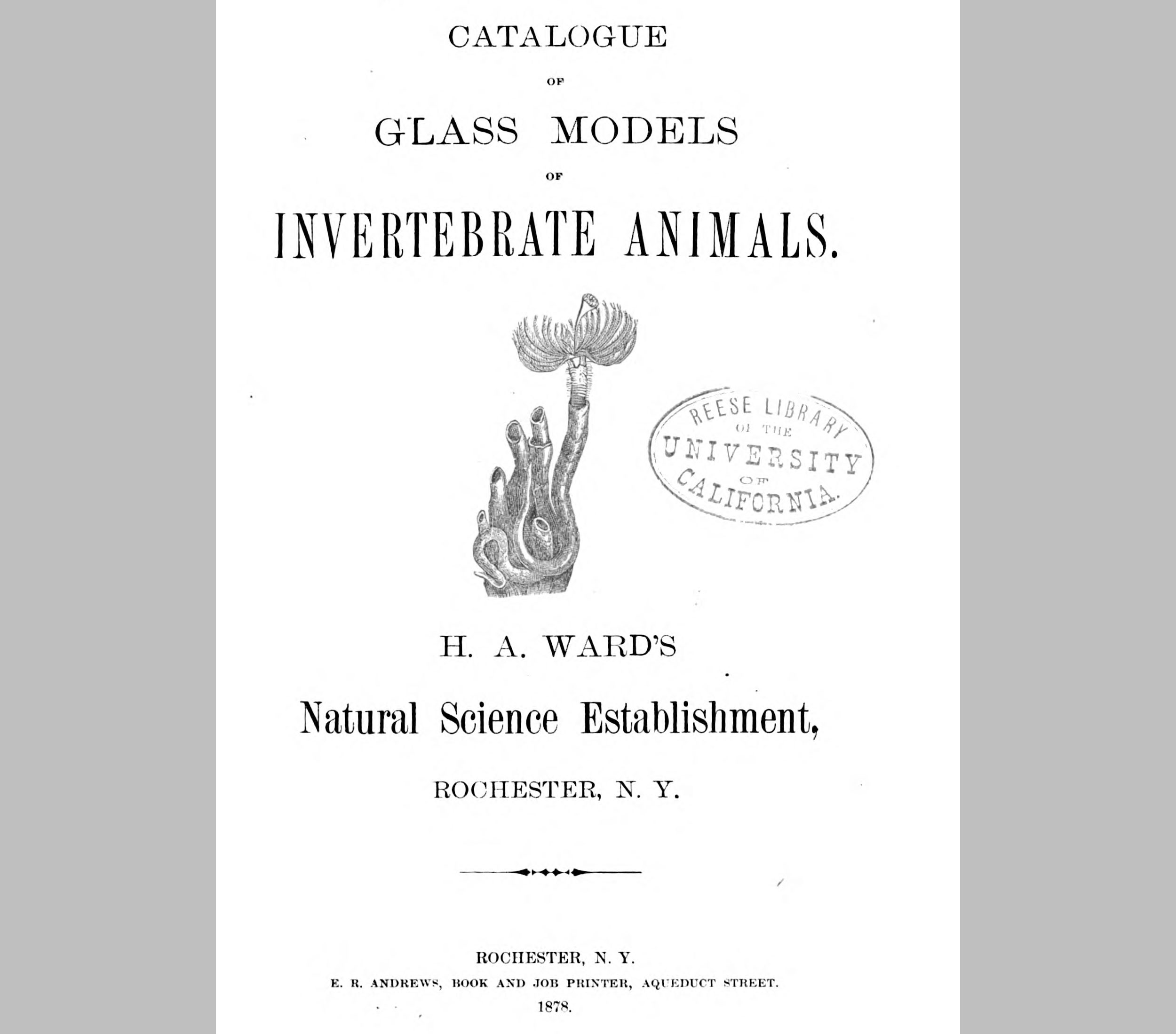
Page from Ward's Catalogue of Blaschka models, digitized by Google.
Glass plants
Dr. George Lincoln Goodale, the first director of Harvard's Botanical Museum, decided to commission a series of glass plant models after seeing some of the Blaschkas' marine invertebrate models in Harvard's Museum of Comparative Zoology. The Blaschkas shipped the first plant models to Harvard in 1887. In 1890, the Blaschkas signed a contract to exclusively produce glass models of plants for Harvard and dropped their production of invertebrate models. Their work on the plant models was sponsored by Elizabeth C. Ware (1819-1898) and Mary Lee Ware (1858-1937), a wealthy mother and daughter from Boston.
Rudolf Blaschka continued to make models for the collection until 1936, only a few years before his death. To make the plant models, he experimented with new techniques and even began to make his own glass when he found the glass that he could buy unsatisfactory. He traveled to the United States twice, in 1892 and 1895, also visiting the Caribbean to see live plants.
In total, the Blaschkas made more than 4000 models of more than 800 species of plants. Some of these models have been destroyed through the years and some have experienced deterioration. Most remain at the Harvard Museum of Natural History in Cambridge, Massachusetts.
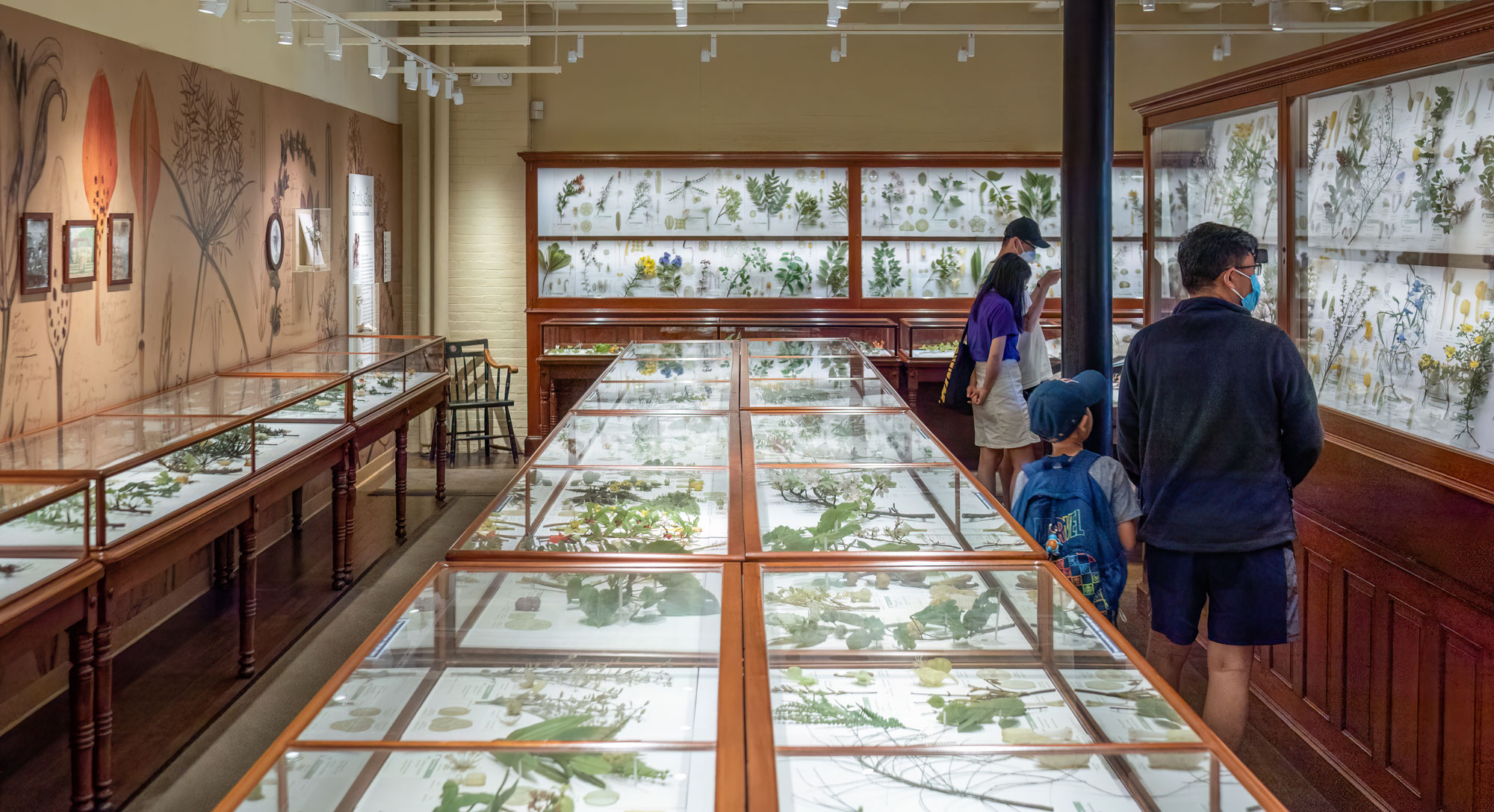
Glass flowers on display in cases at Harvard Museum of Natural History, Cambridge, Massachusetts, USA. Photo by Rhododendrites (Wikimedia Commons, Creative Commons Attribution-ShareAlike 4.0 International license, image resized).
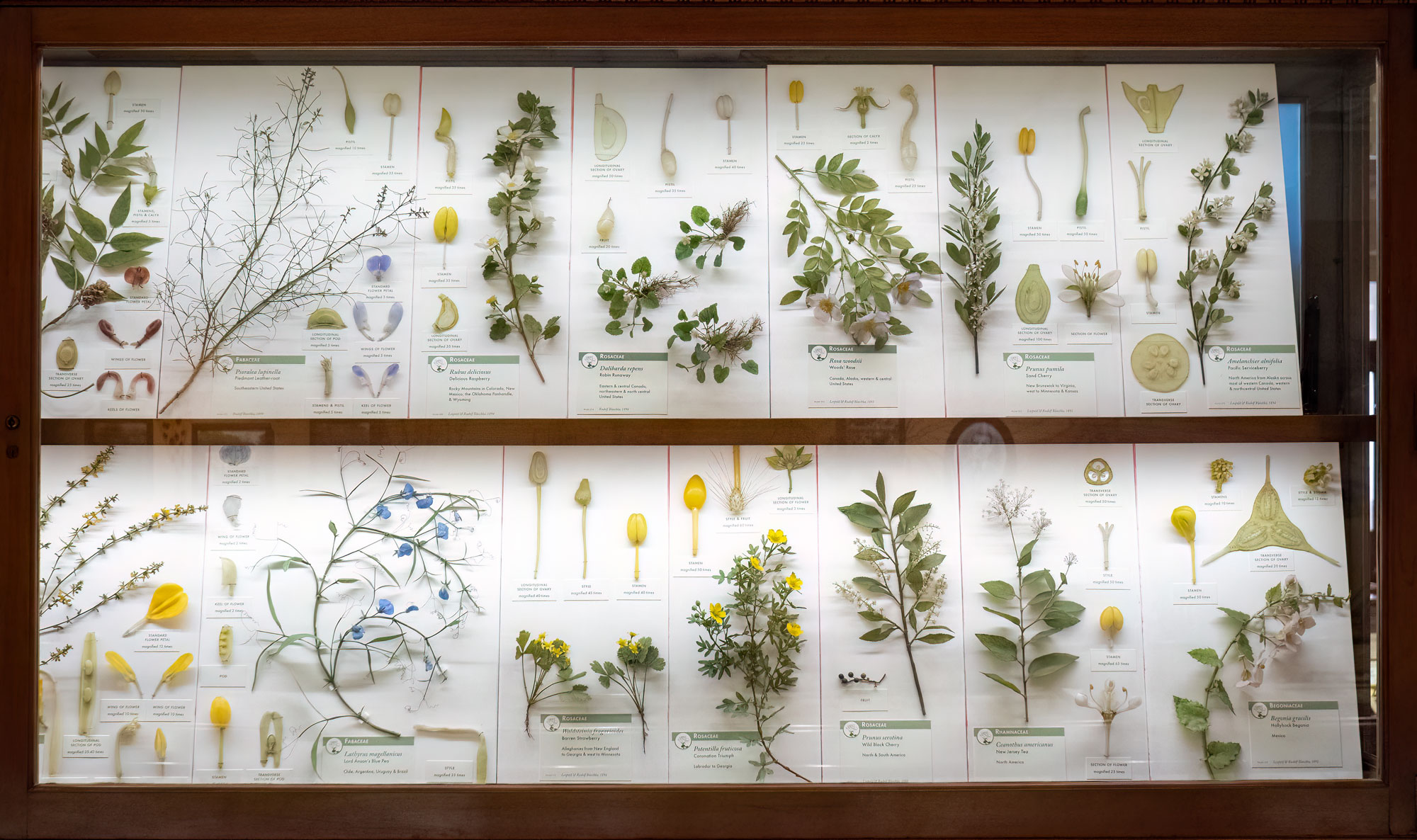
Glass flowers on display in a case at Harvard Museum of Natural History, Cambridge, Massachusetts, USA. Photo by Rhododendrites (Wikimedia Commons, Creative Commons Attribution-ShareAlike 4.0 International license, image resized).
Resources
Websites
The Archives of Rudolf and Leopold Blaschka and the Ware Collection of Blaschka Models of Plants (HOLLIS for Archival Discovery, Harvard University): https://hollisarchives.lib.harvard.edu/repositories/17/resources/9197
Out of the Teeming Sea: Cornell Collection of Blaschka Invertebrate Models (Cornell University Library Digital Collections): https://digital.library.cornell.edu/collections/blaschka
PRI's Historical Collection of Teaching Models (Maria Altier, PRI Blog): https://www.priweb.org/blog-post/wards-models
Articles & reports
Gambino, M. 2014. College students studied these mail-order sea creatures in the late 1800s. Smithsonian Magazine, 3 September 2014. https://www.smithsonianmag.com/arts-culture/college-students-studied-these-mail-order-sea-creatures-in-the-late-1800s-180952499/
Leibach, J. 2016. A tale of two glassworkers and their marine marvels. Science Friday, 13 May 2016. https://www.sciencefriday.com/articles/a-tale-of-two-glassworkers-and-their-marine-marvels/
Robitzski, D. 2023. Glass menagerie, 1863-1936. The Scientist, 1 February 2023. https://www.the-scientist.com/glass-menagerie-1863-1936-70908
Books
Schultes, R.E., and W.A. Davis. 1982. The glass flowers at Harvard. Botanical Museum of Harvard University, Cambridge.
Models
The Blashka Marine Invertebrates 3D Models (ARC-3D--Peter Fried on Sketchfab): https://sketchfab.com/ARC-3D/collections/the-blaschka-marine-invertebrates-9090378332974f919ef9294c7e396e73
